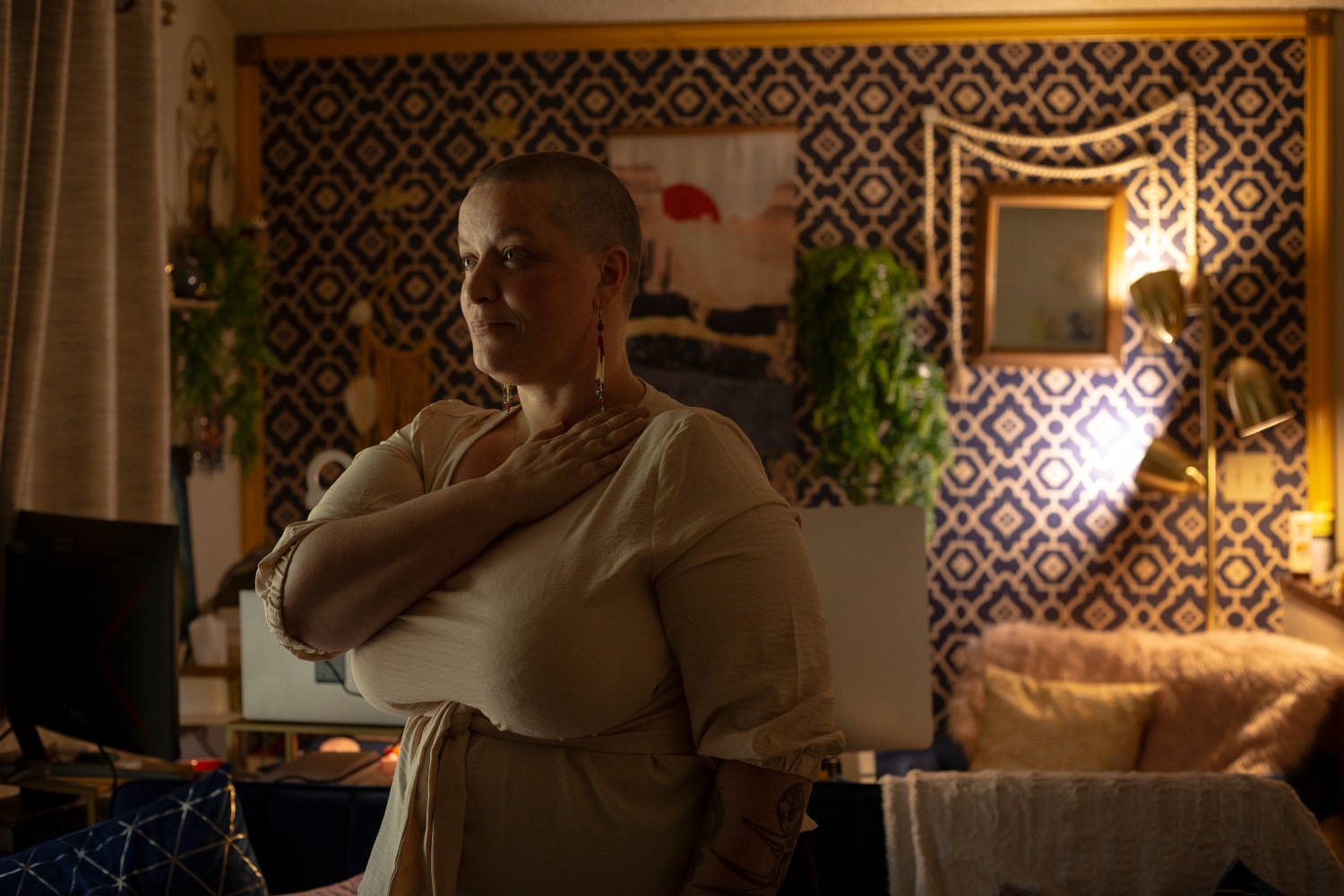Stakeholders discuss solutions in response to InvestigateWest article uncovering law’s failures
By Kelsey Turner / InvestigateWest
The lead legislator of Washington’s “Safe Harbor” law aimed at aiding child sex trafficking victims plans to introduce a bill addressing the law’s shortcomings. Stakeholders say a new bill with more funding is needed following an InvestigateWest report that uncovered the state’s failure to provide treatment options for trafficked youth.
The law, passed unanimously by the Legislature in 2020, promised to create two receiving centers that offer trauma-informed treatment for commercially sexually exploited children (CSEC). The centers, one on each side of the Cascade Mountains, would begin serving youth by Jan. 1, 2021, the law says.
Nearly three years after this deadline, neither center is operating.
About 45 members of the King County CSEC Task Force, including service providers, trafficking survivors, researchers, and state and county employees, met via Zoom on Oct. 18, two weeks after InvestigateWest’s article was published to figure out how to get the centers running.
They called for amendments to the Safe Harbor law to increase funding for receiving centers and expand which organizations are eligible to provide services. They also highlighted the need for temporary fixes, like respite centers where kids in crisis can decompress and drop-in day centers, as more permanent solutions lag.
Rep. Tina Orwall, D-Des Moines, who sponsored the Safe Harbor legislation, told InvestigateWest she will introduce a new bill at the start of the upcoming legislative session in January. Orwall is also in discussions with Sea Mar Community Health Centers about using an available facility in Bellingham for one of the centers.
“I think we will definitely have a bill in the session, and hopefully we’ll have a path forward on getting resources out hopefully in the next six months,” Orwall said.
But task force members say solutions are needed now.
More and more youth trafficking victims are struggling with substance use disorders as fentanyl use skyrockets. Kids who likely would have been referred to receiving centers — had they existed — have overdosed on fentanyl and died, county staff said at the meeting.
The Washington Department of Children, Youth and Families has allocated $500,000 for each receiving center, which service providers say isn’t enough to serve half the state. Having only two centers creates geographical challenges as well, since people in some areas would have to drive for hours to reach them.
“We all knew that this was going to be difficult for a variety of reasons,” said Debra Boyer, a cultural anthropologist who has published research on youth trafficking in Washington, at the meeting. “The two receiving centers — while if it had worked, it would have been great — it had some impractical sides.”
The current law specifies that for an organization to run a center, it must have existing facilities that don’t require new construction, and it must be a behavioral health agency licensed to provide inpatient or residential treatment. Though some organizations meet one of these requirements, almost none on the west side of the Cascades meet both, task force members said.
The purpose of the Safe Harbor law was to ensure that trafficked kids are treated as victims, not criminalized and detained. But with very few treatment options available, stakeholders think repurposing vacant juvenile detention buildings could provide a solution.
“I think we all agree that using a repurposed detention building is not optimal for receiving centers,” said Kelly Mangiaracina, King County CSEC policy and program manager who hosted the task force meeting. “But there are spaces available. Is that part of the conversation?”
Other states are making use of these spaces. A former juvenile detention center in New York City, for example, is being redeveloped into affordable homes and centers for childhood education and wellness. A closed juvenile correctional facility in Texas became a social services center for people affected by homelessness and addiction.
Though task force members are frustrated that the centers aren’t operating, they also aren’t surprised. When the Safe Harbor law was being drafted, survivors had voiced concern that more funding would be needed for centers to be successfully launched.
“This was a completely avoidable issue,” said Sabra Boyd, a survivor of child trafficking. “Anyone in this room knows that $500,000 is not enough.”
FEATURED IMAGE: Jay Benke, a survivor of child sex trafficking in Washington, advocates for Safe Harbor laws in the Pacific Northwest. (Moriah Ratner/InvestigateWest)
InvestigateWest (invw.org) is an independent news nonprofit dedicated to investigative journalism in the Pacific Northwest. Reporter Kelsey Turner can be reached at kelsey@invw.org.



